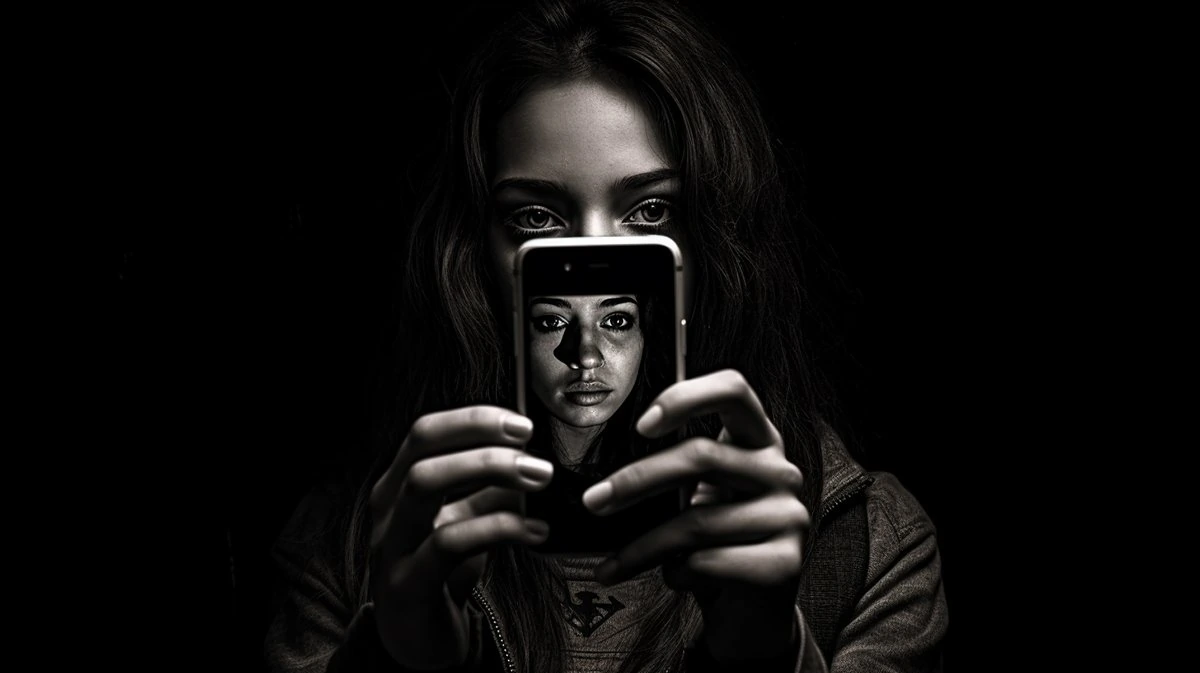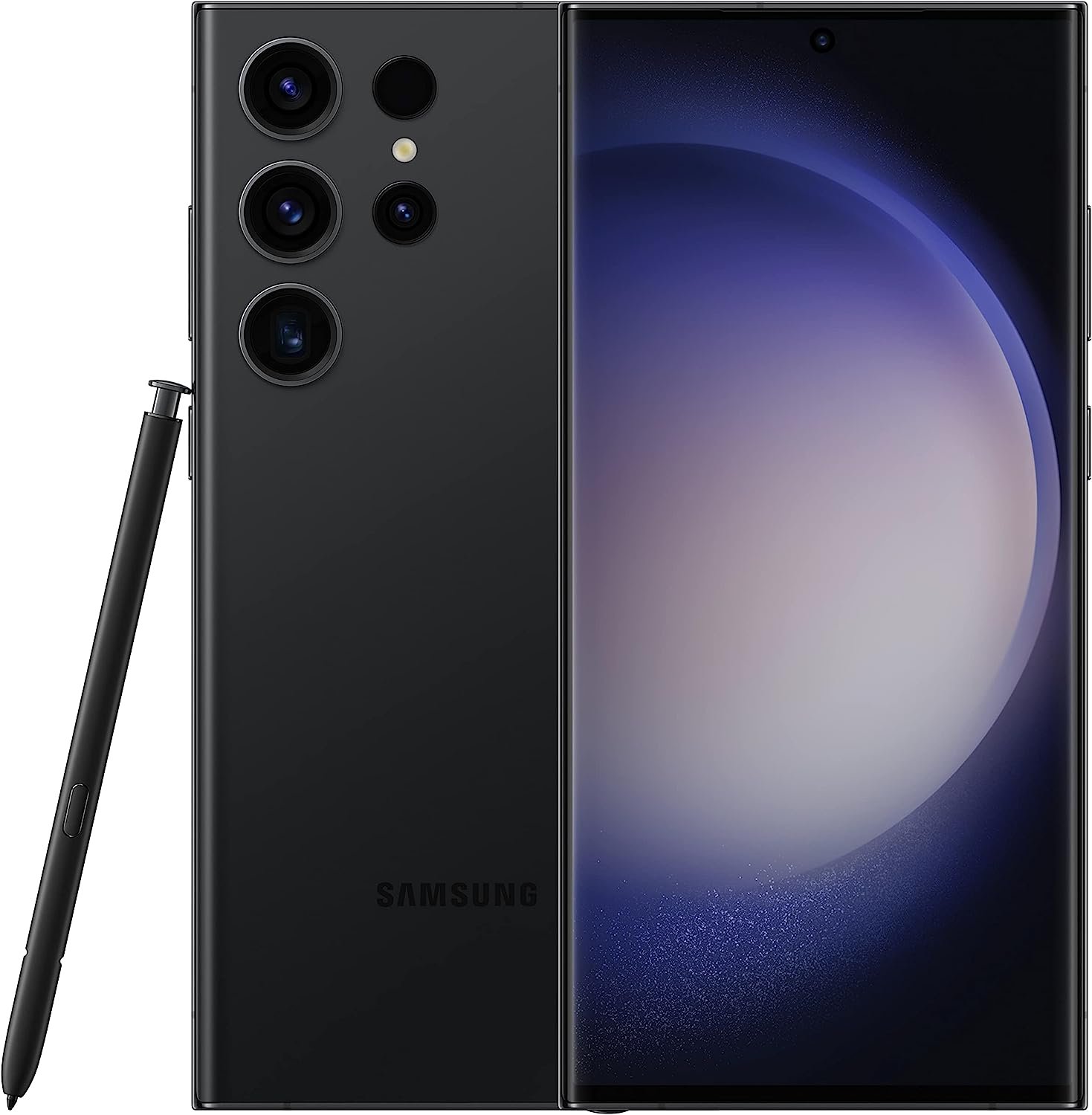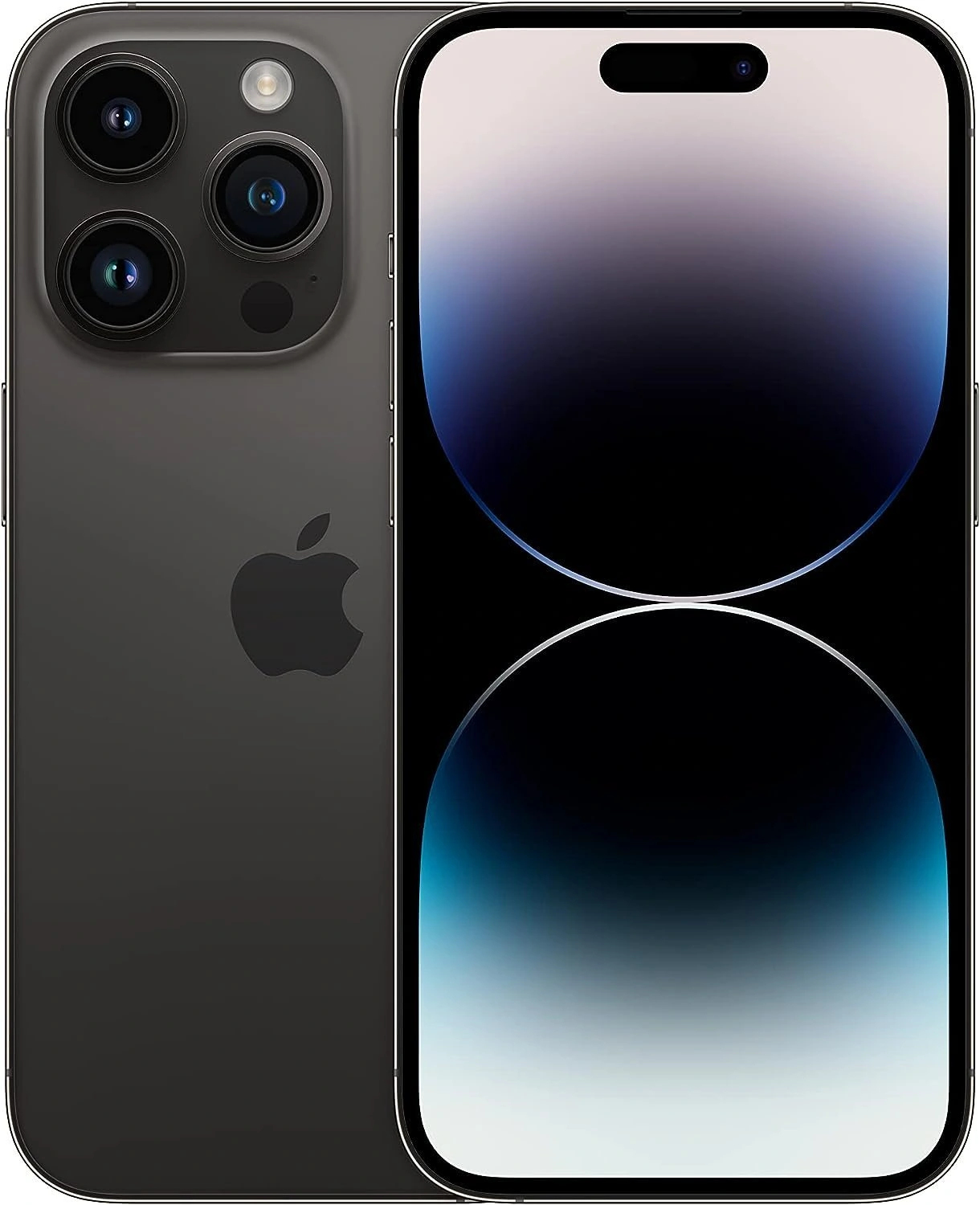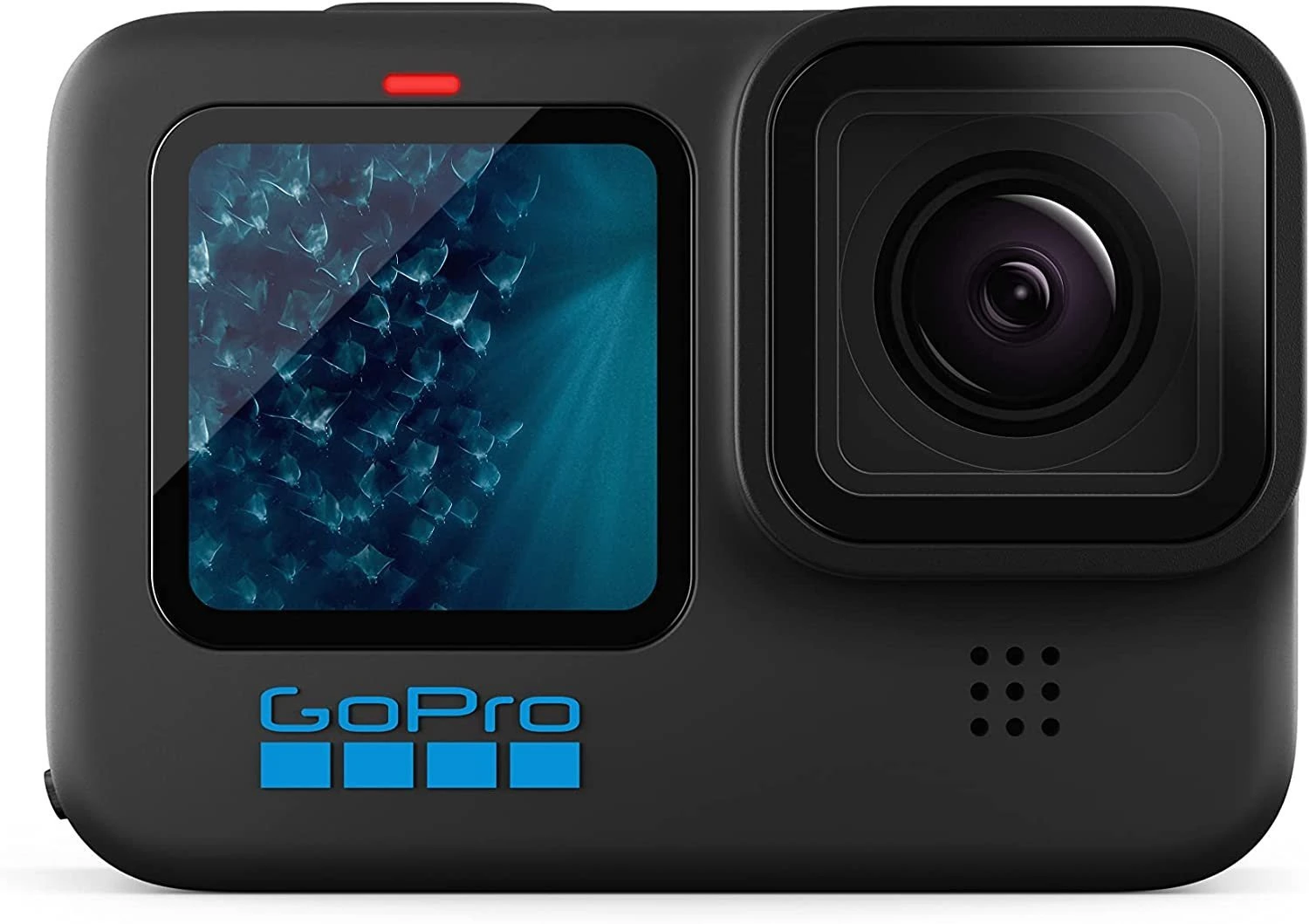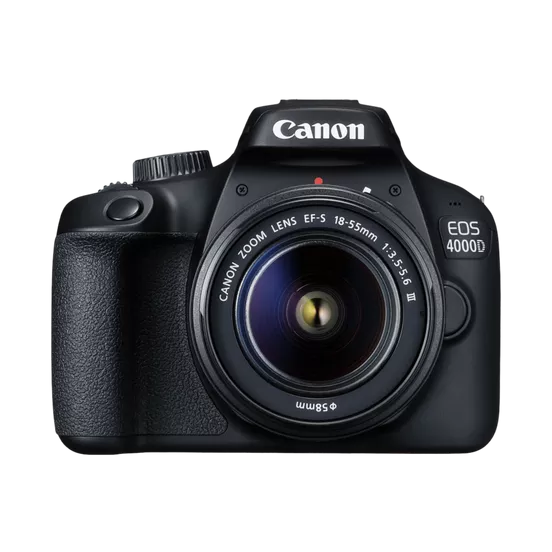Introduction How To Take a Self Portrait Photo
If you want to learn how to take a stunning self portrait photo, you have come to the right place. In this article, I will guide you through the steps of creating a beautiful and expressive self-portrait that showcases your personality and style. Whether you want to take a self-portrait for fun, for social media, or for professional purposes, you will find some useful tips and tricks here. Let’s get started!
Step 1: Choose your camera and lens
The first thing you need to do is to choose the smartphone, camera and lens that you will use for your self-portrait. You can use any camera that has a self-timer or a remote control, such as a DSLR, a mirrorless, a compact, or even a smartphone. However, if you want to achieve the best quality and flexibility, I recommend using a DSLR or a mirrorless camera with a prime lens.
A prime lens is a lens that has a fixed focal length, such as 35mm, 50mm, or 85mm. A prime lens has several advantages over a zoom lens for self-portraits. First, it has a wider aperture, which means it can create a shallow depth of field and blur the background. Second, it has a sharper image quality, which means it can capture more details and textures. Third, it has a more natural perspective, which means it can avoid distortion and flattery.
If you are not sure which prime lens to use, I suggest starting with a 50mm lens. A 50mm lens is also known as a “nifty fifty” because it is versatile and affordable. A 50mm lens can create a flattering and realistic portrait that is not too close or too far from your face. You can also experiment with other focal lengths depending on the effect you want to achieve. For example, you can use a 35mm lens for a wider and more environmental portrait, or an 85mm lens for a tighter and more intimate portrait.
Best smartphones for self-portraits
My Favorites
Samsung Galaxy S23 Ultra
This is a flagship smartphone that has a 40 MP front-facing camera with autofocus and a wide-angle lens. It can take sharp and detailed selfies in various lighting conditions, and it has a portrait mode that can blur the background and apply various effects.
It also has a 6.8-inch AMOLED display with a 120 Hz refresh rate, a powerful Snapdragon 8 Gen 2 processor, and a 5,000 mAh battery.
Google Pixel 7 Pro
This is a premium smartphone that has an 11.1 MP front-facing camera with a wide-angle lens. It can take natural and realistic selfies with excellent dynamic range and color accuracy, and it has a portrait mode that can create a smooth bokeh effect and adjust the lighting.
It also has a 6.7-inch OLED display with a 120 Hz refresh rate, a Tensor G2 processor with AI capabilities, and a 5,003 mAh battery.
iPhone 15 Pro
A high-end smartphone that has a 12 MP front-facing camera with a TrueDepth system that enables Face ID and Animoji. It can take stunning selfies with great detail and contrast, and it has a portrait mode that can create a depth-of-field effect and apply various filters.
It also has a 6.1-inch OLED display with a ProMotion adaptive refresh rate, an A16 Bionic processor with Neural Engine, and a MagSafe wireless charging system.
Best cameras for self-portraits
If you want a better camera to take self-portraits, you can choose this one:
My Favorites
Gopro 11 Black
This is a really compact camera for adventure with LCD screen in front, which allows you to easily compose and see the frame when taking selfies. It also has WiFi connectivity and smartphone app integration, which can make it easier to transfer and share your self-portraits. It has a 27 MP sensor, and a 5.3K video resolution to 60fps..
It is ideal for travelers who want a versatile camera for self-portraits and more.
Sony Alpha a6400
This is a mirrorless camera that has a flip-up screen, which lets you see yourself when taking selfies. It also has WiFi connectivity and smartphone app integration, which can help you control the camera remotely and edit your self-portraits. It has a 24.2 MP sensor, a fast and accurate autofocus system, and a 4K video resolution.
It is ideal for vloggers and content creators who want a high-quality camera for self-portraits and videos.
Canon PowerShot G7 X Mark III
This is a compact camera that has a tilting screen, which enables you to adjust the angle and see the frame when taking selfies. It also has WiFi connectivity and smartphone app integration, which can allow you to stream your self-portraits and videos live. It has a 20.1 MP sensor, a 4.2x optical zoom, and a 4K video resolution.
It is ideal for social media influencers who want a pocket-sized camera for self-portraits and streaming.
The Best Self-Portraits Camera
Sony ZV-1F
Sony ZV-1F Digital Camera, for Vlogs, with Multi-Angle Screen, 4K Video, Slow Motion and Vlog Functions.
The best accessories for self portraits
can explain to you some different accessories that you can use for self-portraits:
Step 2: Set up your camera and tripod
The next thing you need to do is to set up your camera and tripod. A tripod is essential for taking self-portraits because it allows you to stabilize your camera and frame your shot without holding it. You can use any tripod that is sturdy and adjustable, but I recommend using a tripod that has a ball head. A ball head is a type of tripod head that lets you rotate and tilt your camera in any direction with ease.
To set up your camera and tripod, follow these steps:
- Attach your camera to the tripod and secure it firmly.
- Set your camera to manual mode and adjust the exposure settings according to the lighting conditions. You can use an exposure meter or histogram to check if your exposure is correct.
- Set your camera to autofocus mode and select the focus point that corresponds to where your face will be in the frame.
- Set your camera to self-timer mode or connect it to a remote control. You can use the built-in self-timer of your camera or an external remote control that works with your camera model.
- Place your tripod in front of the background that you want for your self-portrait. You can use any background that suits your theme and mood, such as a wall, a window, or a scenery.
- Adjust the height and angle of your tripod so that your camera is at eye level or slightly above. You can use the LCD screen or viewfinder of your camera to check if your composition is balanced and symmetrical.
Step 3: Pose and shoot
The final thing you need to do is to pose and shoot. Posing for self-portraits can be challenging because you have to be both the photographer and the model at the same time. However, with some practice and creativity, you can create some amazing poses that express your personality and style.
Here are some tips and tricks for posing for self-portraits:
- Relax and have fun. Don’t be too stiff or nervous when posing for self-portraits. Try to enjoy the process and experiment with different poses and expressions.
- Use props and accessories. Props and accessories can add some interest and variety to your self-portraits. You can use anything that reflects your hobbies, passions, or mood, such as a hat, a book, or a flower.
- Use gestures and movements. Gestures and movements can add some dynamism and emotion to your self-portraits. You can use your hands, arms, legs, or head to create some shapes and lines in the frame.
- Use different angles and perspectives. Angles and perspectives can change the mood and message of your self-portraits. You can tilt your head, look away from the camera, or move closer or farther from the lens.
- Use different facial expressions. Facial expressions can convey your personality and feelings in your self-portraits. You can smile, frown, wink, or pout depending on what you want to communicate.
To shoot your self-portraits, follow these steps:
- Press the shutter button or the remote control to start the countdown of the self-timer.
- Quickly move to your position and pose in front of the camera.
- Wait for the camera to focus and take the shot.
- Check the result on the LCD screen or viewfinder of your camera.
- Repeat the process until you are satisfied with your self-portraits.
Discover your most creative side with photographic self-portraits.
Conclusion how to take a self portrait photo
Congratulations! You have just learned how to take a stunning self portrait photo. I hope you enjoyed this article and found it helpful. If you want to see more articles like this, please visit my website of photography.
Thank you for reading and happy shooting! 😊




